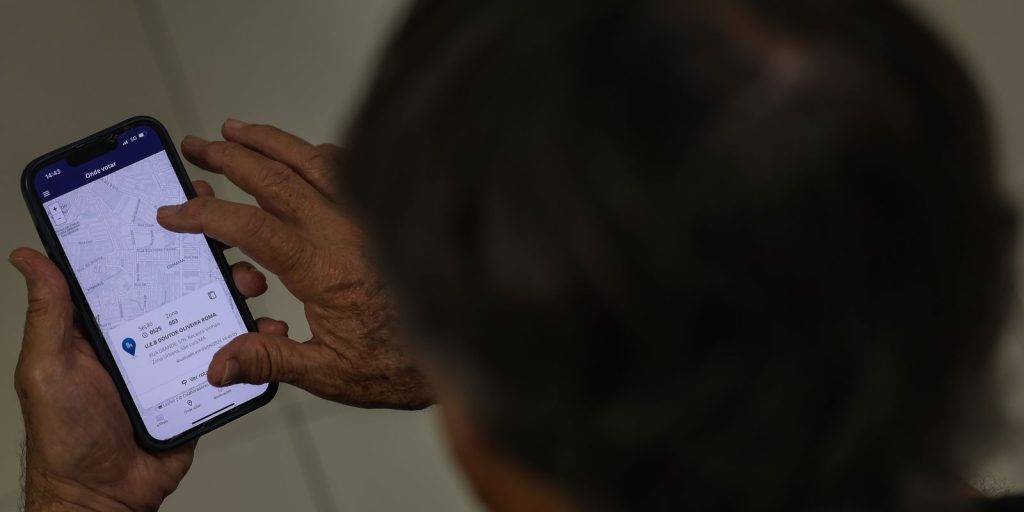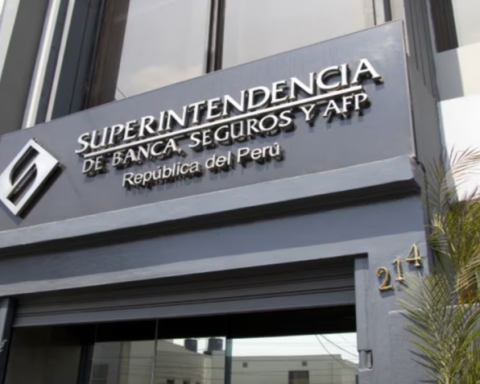October 1, 2024, 9:21 AM
October 1, 2024, 9:21 AM
Why do we act irrationally when faced with economic decisions? How much do our cognitive biases influence when investing? What is the role of fear in the market? Behavioral economics, a branch of economic science that combines elements of neuroscience and psychology, seeks to explain these questions and discover what drives us to decide one way or another when managing our finances.
“Behavioral economics is a branch of economics that combines elements of psychology and neuroscience to understand how people make economic decisions. Unlike classical economics, which assumes that individuals are completely rational and always seek to maximize their utility, behavioral economics recognizes that human decisions are influenced by cognitive biases, emotions and other psychological factors,” says Silvia Alemán Meduiña, specialist in economic psychology and behavioral economics.
Alemán explained the particularities of this branch of knowledge during the VI International Congress of Neuroscience, an event organized by the Franz Tamayo University, Unifranz, in Santa Cruz.
According to the specialist, one of the key concepts in behavioral economics is cognitive bias.
“These are systematic errors in thinking that affect people’s decisions and judgments. For example, confirmation bias leads people to seek and value more information that confirms their pre-existing beliefs, ignoring contradictory information,” he indicates.
Behavioral economics studies how emotions influence economic decisions. For example, fear can lead investors to sell stocks during a market crash, while greed can lead them to overbuy during a financial bubble.
Additionally, it examines the concept of bounded rationality, which suggests that people cannot always process all available information or make perfectly rational decisions due to cognitive and time limitations.
Another important concept is heuristics, which are mental shortcuts that people use to make decisions quickly.
“While these heuristics can be useful, they often lead to predictable errors. An example is the availability heuristic, where people judge the probability of an event based on the ease with which they can remember examples of that event,” he adds.
One area of application of behavioral economics is the design of public policies. For example, governments can use insights from behavioral economics to design programs that incentivize desirable behaviors, such as saving for retirement or adopting healthy lifestyle habits.
Behavioral economics has also influenced marketing and advertising. Companies use principles of behavioral economics to design strategies that influence consumer behavior, such as how prices are presented or promotions are structured.
“A practical example of behavioral economics is the concept of nudging or nudges, which are subtle interventions that guide people toward better decisions without restricting their freedom of choice. A classic example is placing healthy foods at eye level in a cafeteria to encourage healthier choices,” he points out.
Irrational factors that influence decisions
Behavioral economics is based on the understanding that humans take into account both rational and irrational factors when faced with economic decisions. Factors such as price, convenience or perceived risk influence our taking of action, but also factors on the which we do not have a complete understanding, such as:
● Emotional states: fear, uncertainty or nostalgia are just some examples of emotions that intervene in decision making, tipping the balance of the choice towards one place or another. Knowing them will make a brand’s effort much more conscious in the final result.
● Social influences: society and the agents close to any consumer directly influence the behavior of the individual. Peer pressure and a sense of belonging are key elements in today’s competitive environment.
● Motivation: finding the points where a particular product or service is encouraged and valued will determine the choice over another. This is important, since on the other hand we find the inertia to remain the same and reject change to what is new.
Behavioral economics offers a more realistic and nuanced view of economic decision making by incorporating psychological and emotional factors. This perspective not only enriches our understanding of markets and consumer behavior, but also has practical applications in areas such as public policy, marketing, and neuroscience.


















